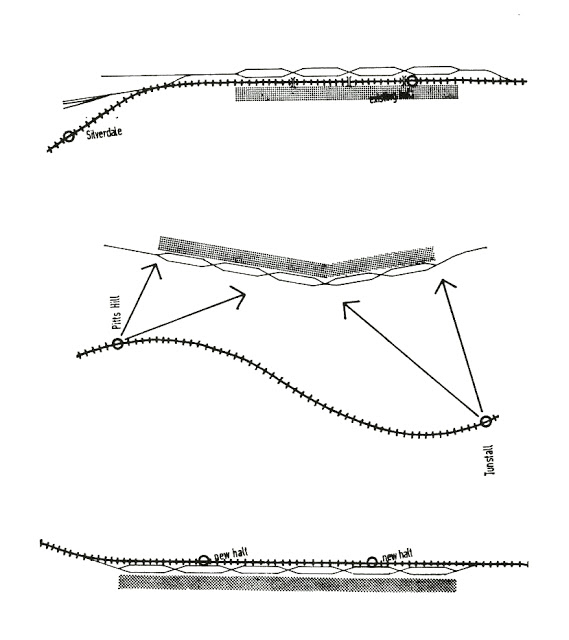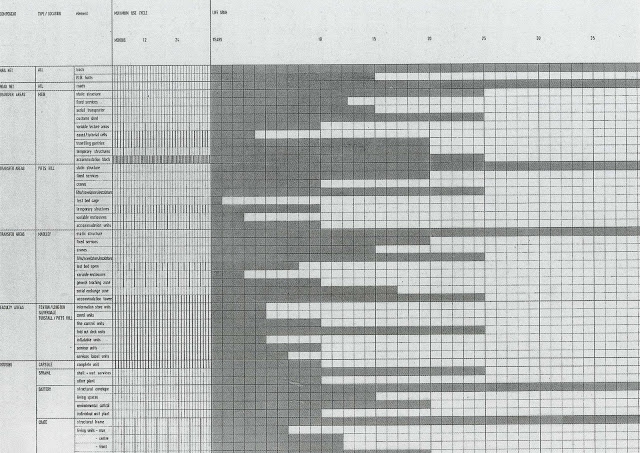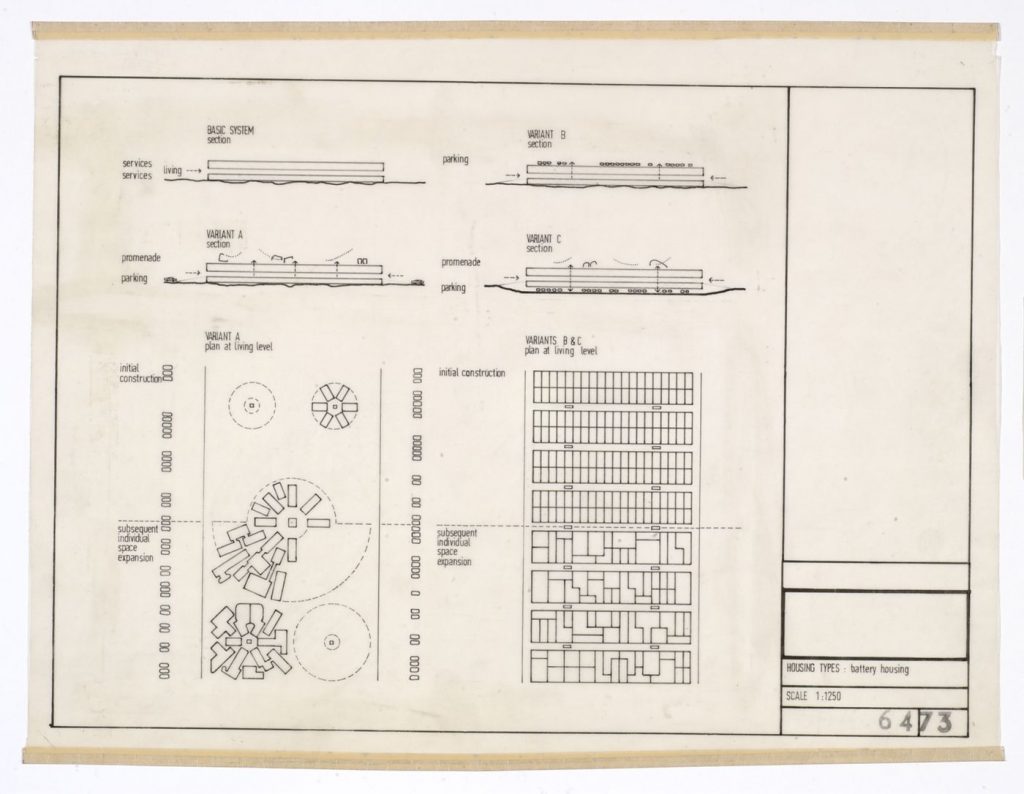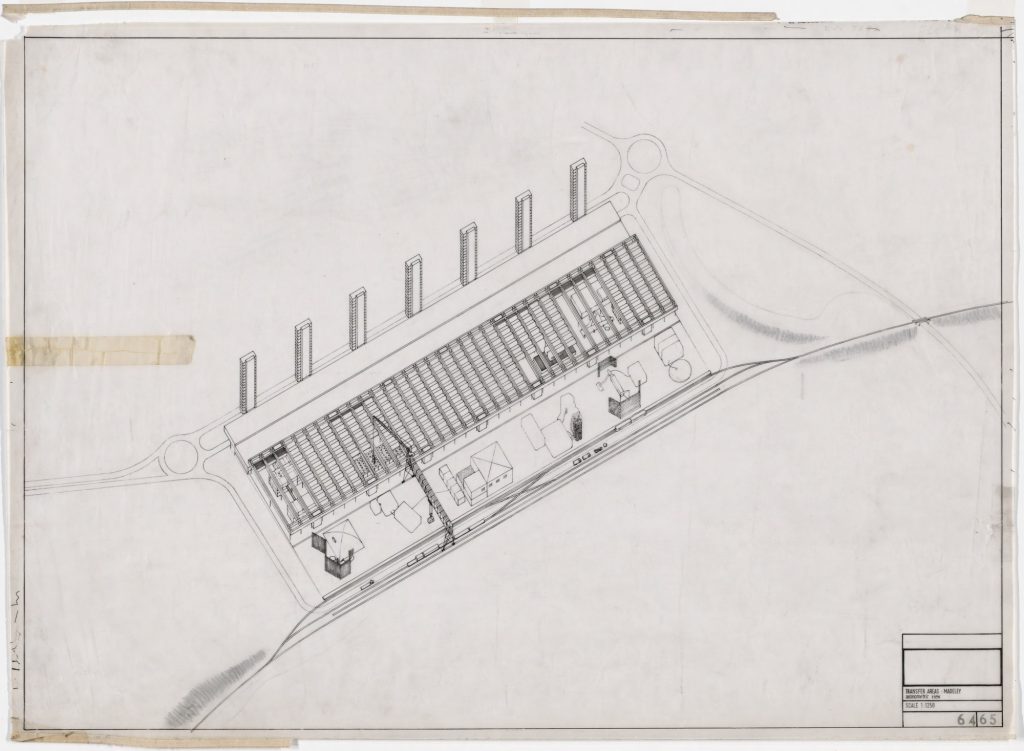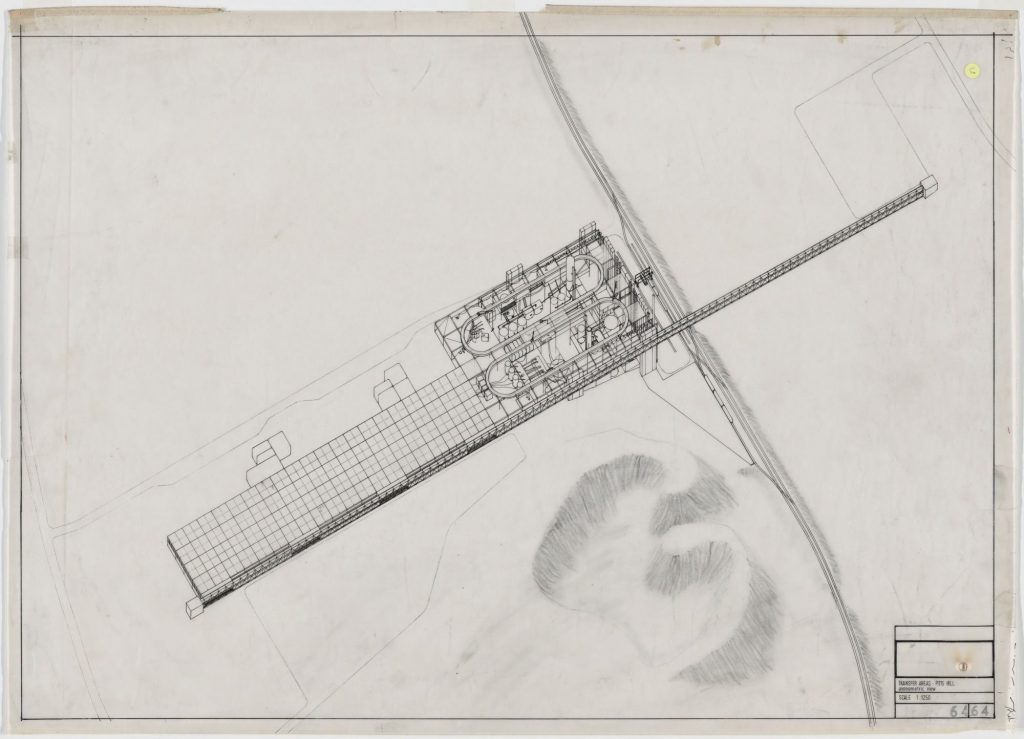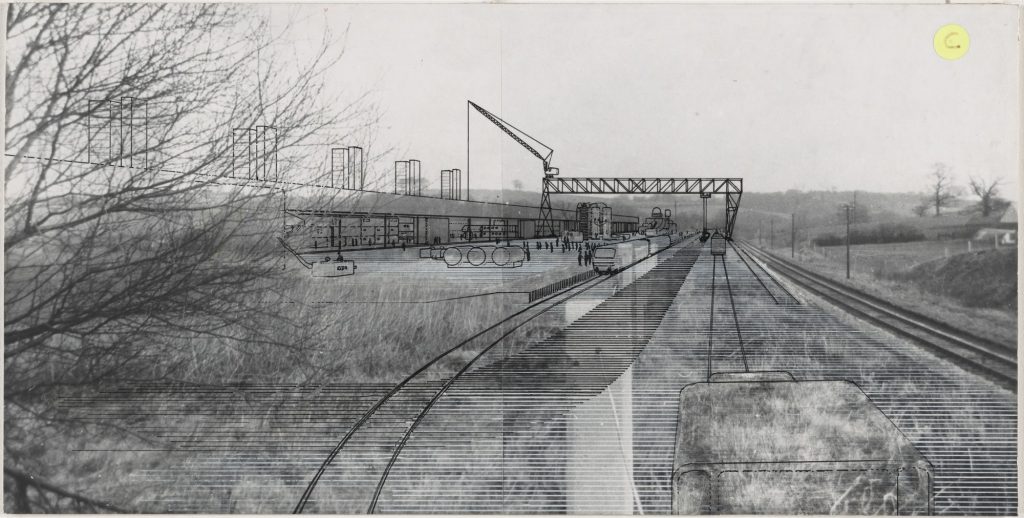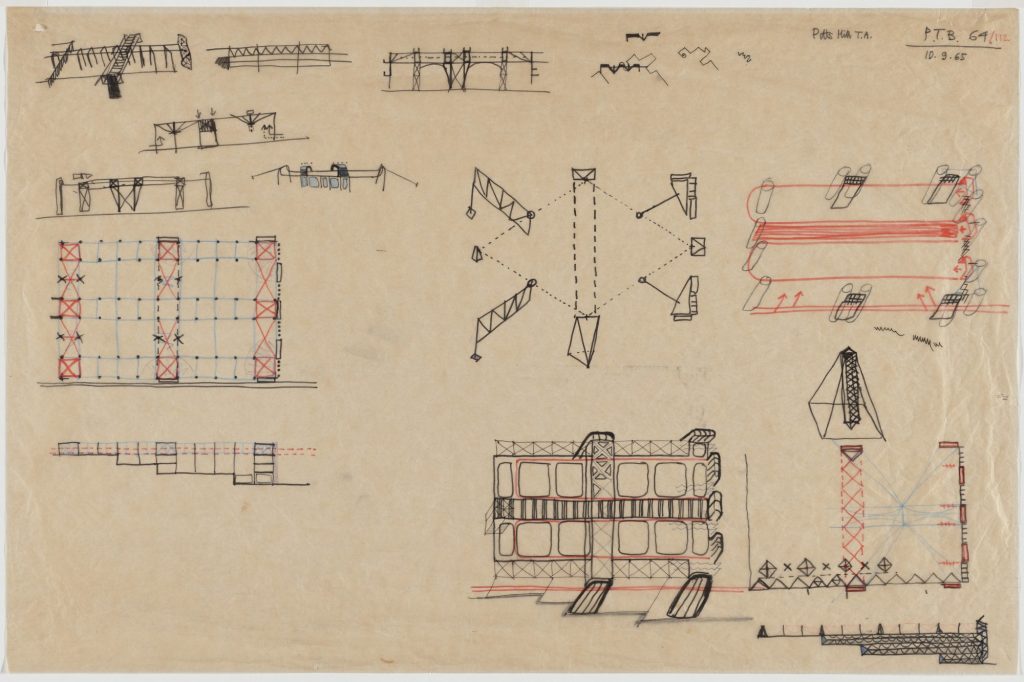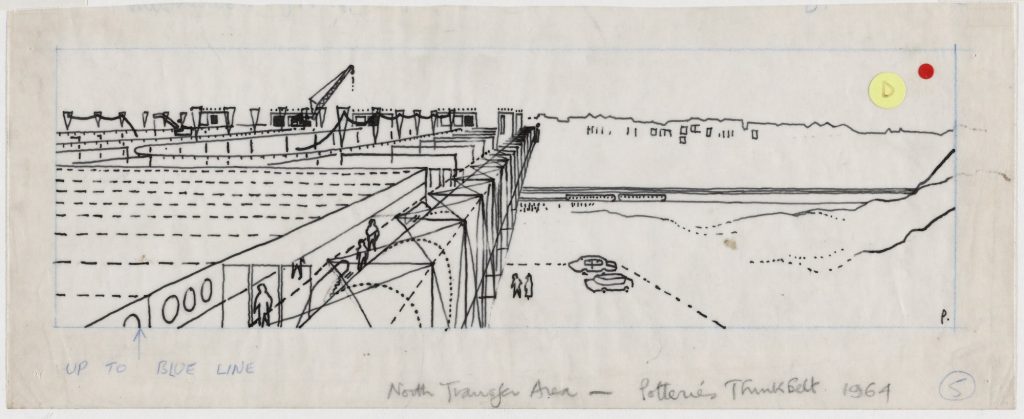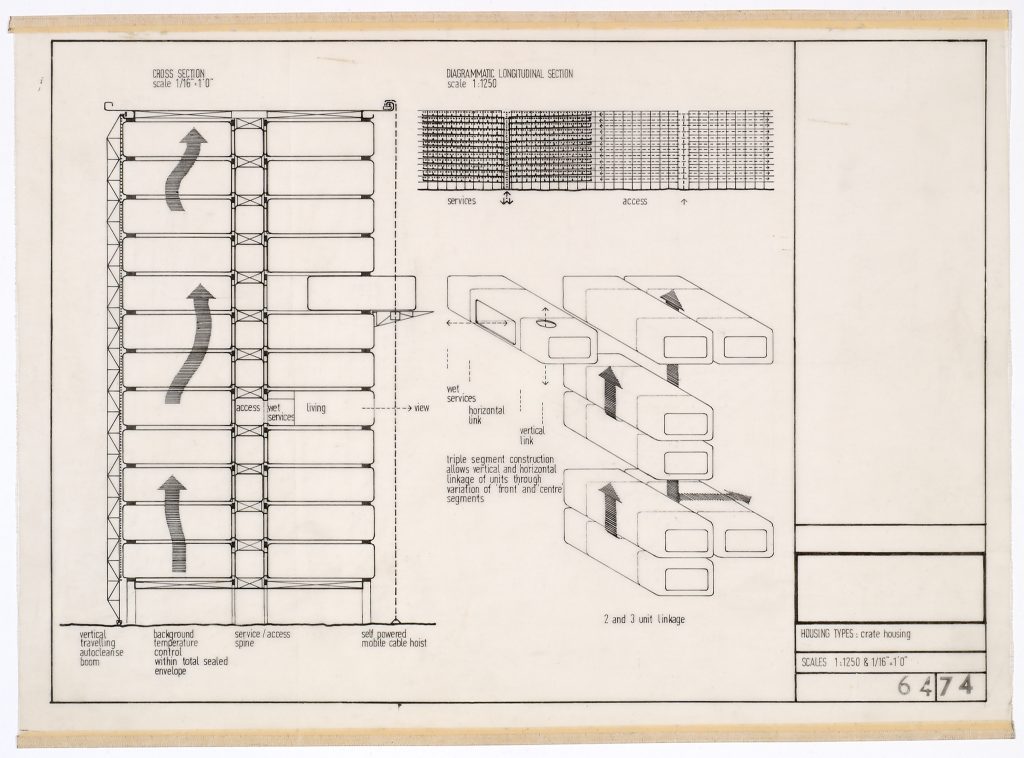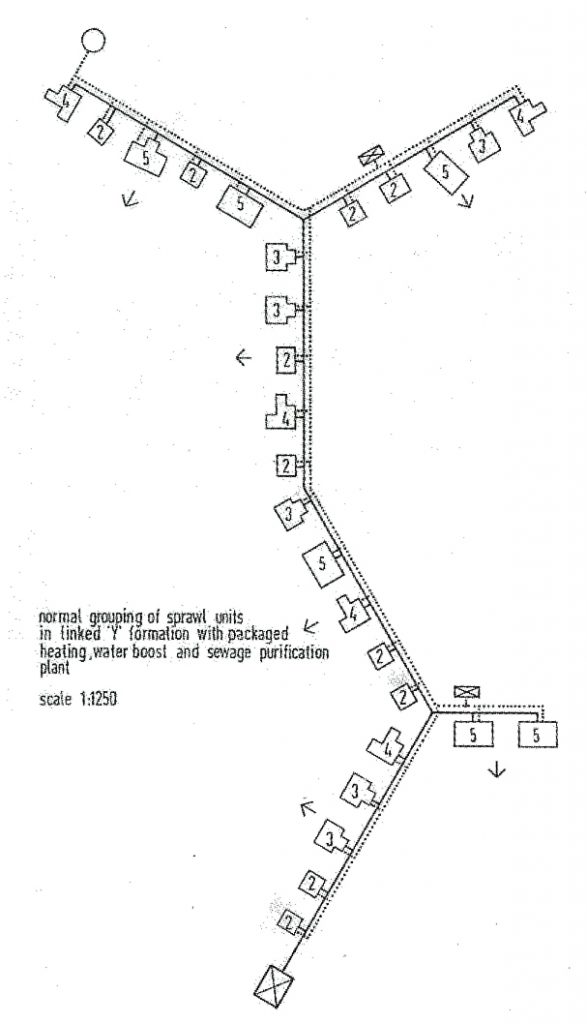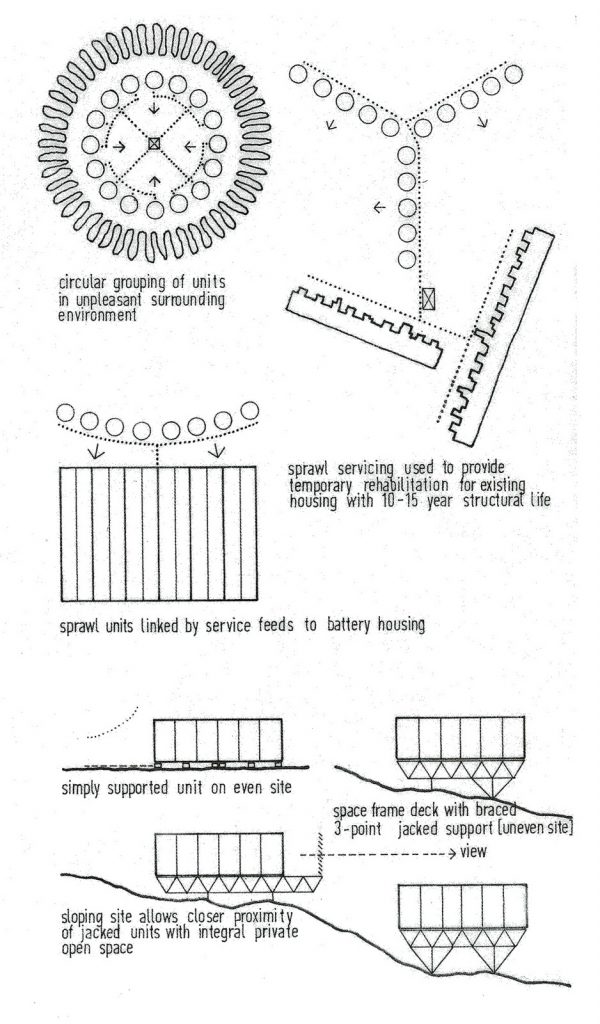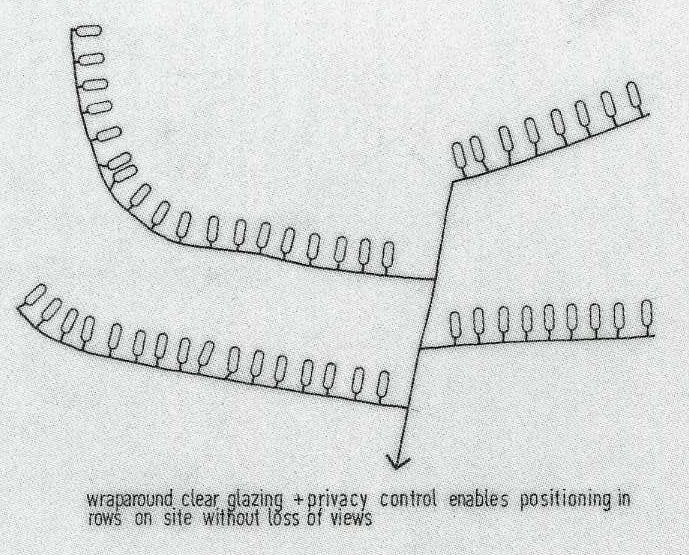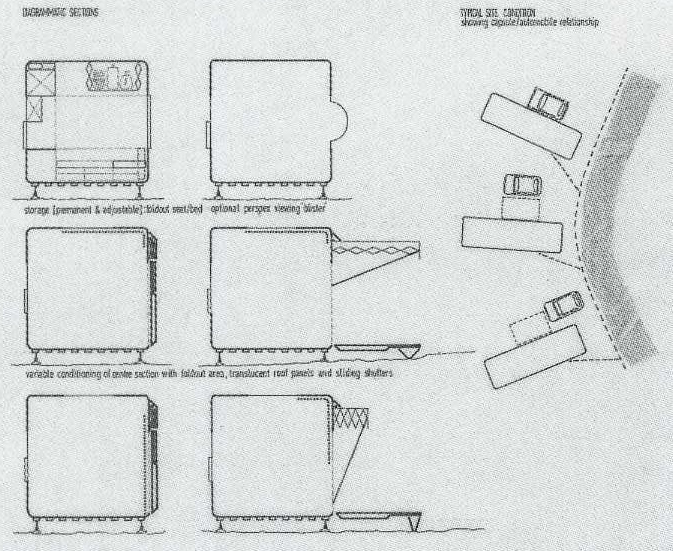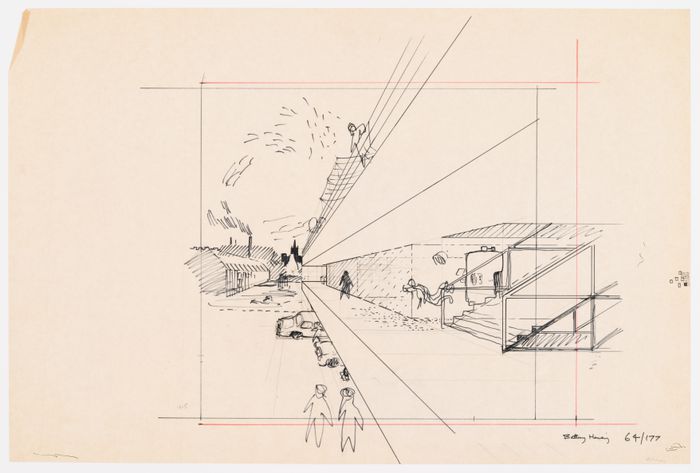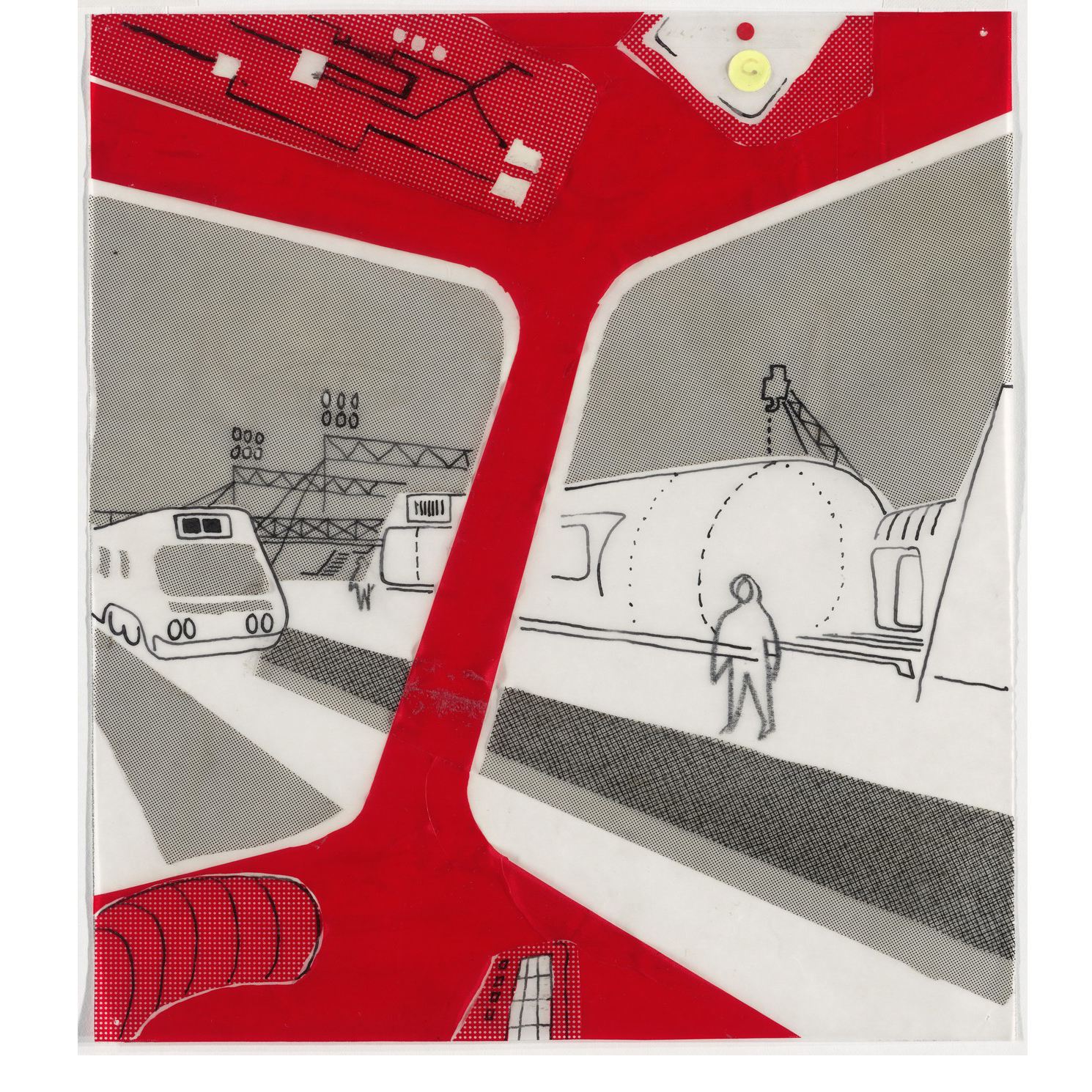Cedric Price’s work is fascinating because he foresaw with high precision many of the architectural topics that would be discussed in later decades. Very few architects have been able to predict the future in such form. Unlike other architects that did not construct many buildings, Price did not propose a dreamy architecture. Nonetheless, the speculative world let him work on those spaces that market forces did not take the risk to look at. His projects were right in most of his approaches and many of the architectural trends that came after him were partially based in the ideas revealed in his work.
Hay algo fascinante en la obra de Cedric Price que es difícil encontrar en otro arquitecto, y es la sensación de que se antepuso con una gran precisión a la mayoría de temas que se tratarían en la arquitectura en las décadas posteriores. A diferencia de otros arquitectos que apenas tuvieron la oportunidad de construir sus proyectos, Price no realizó una arquitectura ensoñada sino que el mundo de la especulación le permitió mirar en aquellos lugares donde las fuerzas del mercado no se atrevían aún a hacerlo. Sus propuestas fueron acertando en casi todos sus planteamientos y muchas de las tendencias que se asentaron en la arquitectura después suyo, están basadas de un modo directo o tangencial en ideas previamente reveladas por él.
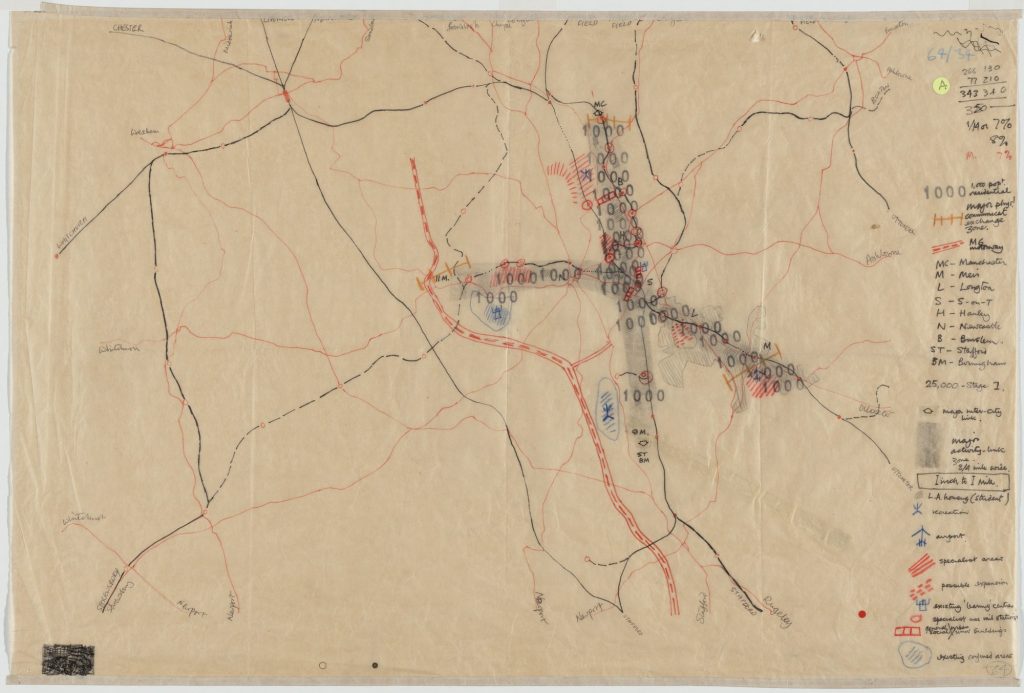
Potteries Thinkbelt is a paradigmatic project because it targets most of his topics such as uncertainty, prefabrication, recycling, and main landscape as a global discipline that includes the large scale of the territory as well as the natural and man-made temporary processes.
El caso del proyecto Potteries Thinkbelt es paradigmático porque en él aborda la mayoría de sus temas estrella tales como la incertidumbre, prefabricación, reciclaje, y sobretodo el paisajismo como una disciplina global que alberga tanto el territorio como los procesos temporales que cubren fenómenos naturales como aquellos creados por el hombre.
Regarding landscape, we first have to talk about the conditions that Cedric Price founds on the site and lead his latter decisions: a de-industrialized decadent landscape with a large underused train network. The industrial decadent landscape was also starting to become a central topic in the American discourse (Robert Smithson would make this photographic work Monuments of Passaic in 1968). Cedric Price understands this situation of emptiness or lack of function as an opportunity to propose a circular university that overcomes the limitations of architecture and urbanism. Moreover, he accepts the beauty of the existing industrial landscape as a canvas to work without tame it. He designs a series of mobile units that move around the existing train network and shelters the classrooms, laboratories, and other educational programs. Time and program are joined as a pedagogical element for the university. Price proposed to over classic zoning. As an example, classes last the time of the train to go from one station to another.
Respecto al paisaje y el territorio, primero tenemos que hablar de las condiciones que encuentra Cedric Price en el lugar y que motivan sus decisiones posteriores: un paisaje desindustrializado en decadencia con una extensa línea ferroviaria en desuso, una ruina industrial en desuso similar a las que empezaban a convertirse en tema central del paisajismo americano de la época (Robert Smithson realizaría su trabajo fotográfico “Monuments of Passaic” en 1968). Cedric Price entiende esta situación de vacío o falta de uso como una oportunidad para proponer una universidad circular que supere las limitaciones de la arquitectura y el urbanismo, y la belleza del paisaje industrial existente como un canvas sobre el que trabajar sin tratar de domesticarlo. Una serie de unidades móviles transcurren por la existente red ferroviaria y albergan las clases, laboratorios, y otros programas educativos. Tiempo y programa se unen como un elemento pedagógico de la propia universidad y proponen una superación de la zonificación clásica. Como curiosidad, las clases duraban el tiempo del propio trayecto de cada tren desde una estación a otra.

The second premise of the project is the construction of a system instead of a fixed image. The existing ruined buildings are the base for new structures that would hold modules depending on the necessities and the possibility to mutate over time. By doing this, Price chooses a series of parameters (construction methods, grown patterns, the relation between objects, etc.) and assumes the territory is an unstable open urban board and, through time, the conditions and necessities would change.
La segunda premisa del proyecto es la construcción de un sistema en lugar de una imagen fija. Los edificios en ruinas existentes sirven de base a unas nuevas estructuras que albergaran distintos módulos en función de una necesidad y con la posibilidad de ir mutando a lo largo del tiempo. De este modo Price delimita una serie de parámetros (métodos constructivos, patrones de crecimiento, relación entre objetos, etc.), asumiendo que el territorio es un tablero urbano inestable y, a lo largo del tiempo, los condicionantes y necesidades cambiaran por lo que sería naif tratar de cerrar el diseño.
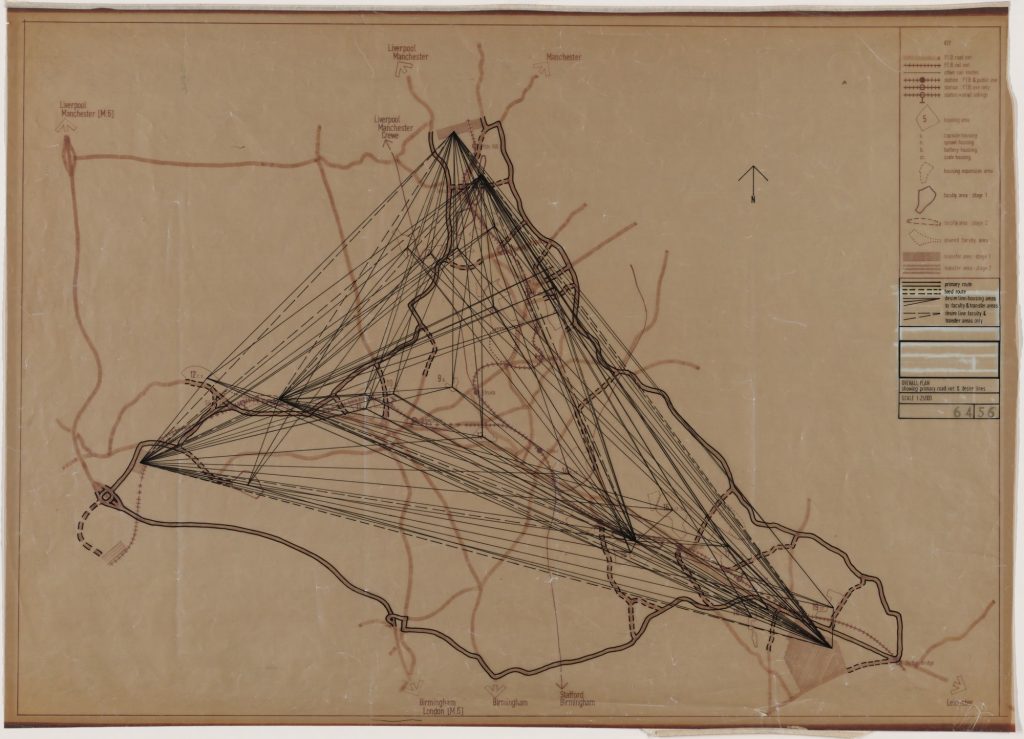
A half a century later, architects already realized that architecture and landscape can go beyond of molding the urban environment and creating objects within it. The territory is a network with multiple determinants and they involve natural and artificial, new and existing.
Medio siglo más tarde, ya se entiende que las posibilidades de trabajo del arquitecto y el paisajista pueden ir más allá de moldear el entorno urbano y crear objetos dentro de él. El territorio es una red con múltiples condicionantes y que involucran lo natural, y lo artificial, lo nuevo y lo existente.
